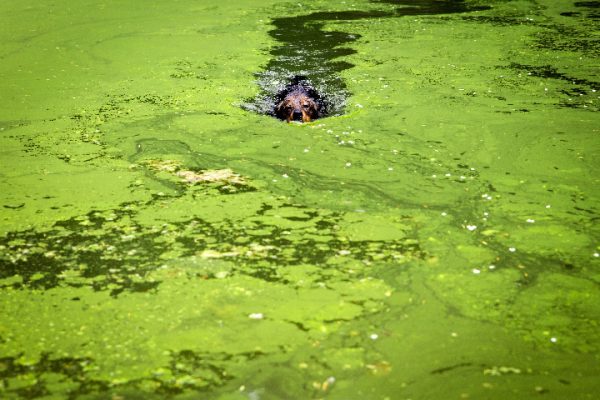Maintaining a clean and algae-free pool requires a combination of preventive measures and reactive treatments. Algaecide and shock treatments are two essential components of pool maintenance, but understanding the proper timing between these treatments is crucial for maximizing their effectiveness. In this article, we’ll delve into the question of how long you should wait after adding algaecide before shocking your pool, providing insights to help you keep your pool water clean, clear, and algae-free.
The Role of Algaecide and Shock in Pool Maintenance:
Algaecide is a chemical treatment specifically designed to prevent and control algae growth in pool water. It works by disrupting algae cell membranes, inhibiting photosynthesis, and preventing algae from thriving and multiplying. Algaecide is typically added to the pool water on a regular basis as part of routine maintenance to prevent algae outbreaks and maintain water clarity.
Shock treatments, on the other hand, are powerful oxidizing agents that help eliminate organic contaminants, bacteria, and algae spores from pool water. Shocking the pool involves adding a concentrated dose of chlorine or other oxidizing agents to rapidly raise the chlorine level and sanitize the water. Shock treatments are used as a reactive measure to address existing algae blooms, cloudy water, or chlorine demand spikes.
Timing Considerations: When to Shock After Adding Algaecide
- Follow Manufacturer’s Instructions: The timing between adding algaecide and shocking your pool may vary depending on the specific products used. Always read and follow the manufacturer’s instructions on the product labels carefully for guidance on application rates, dosing intervals, and compatibility with other pool chemicals.
- Wait at Least 24 Hours: In general, it’s advisable to wait at least 24 hours after adding algaecide before shocking your pool. This allows sufficient time for the algaecide to disperse and circulate throughout the pool water, maximizing its effectiveness in controlling algae growth.
- Consider Algaecide Type: The type of algaecide used may influence the timing of shock treatments. Quaternary ammonium-based algaecides, for example, may require longer waiting periods before shocking the pool compared to copper-based algaecides. Refer to the manufacturer’s instructions for specific guidance based on the algaecide type.
- Monitor Water Conditions: Pay close attention to water conditions and visual cues to determine if and when shock treatment is needed after adding algaecide. If algae growth persists or water clarity issues persist despite algaecide treatment, it may be necessary to shock the pool to eliminate remaining algae spores and organic contaminants.
Best Practices for Pool Maintenance:
- Regular Testing and Monitoring: Maintain proper pool water balance and sanitation levels by regularly testing water chemistry parameters, including pH, chlorine, alkalinity, and cyanuric acid. Monitor water clarity and appearance for signs of algae growth or contamination.
- Preventative Maintenance: Incorporate algaecide treatments into your regular pool maintenance routine to prevent algae growth and maintain water clarity. Follow a consistent schedule for adding algaecide and shock treatments as recommended by the manufacturer.
- Address Issues Promptly: Address any signs of algae growth, cloudy water, or water chemistry imbalances promptly to prevent further deterioration and potential algae outbreaks. Act quickly to treat and resolve issues using appropriate pool chemicals and treatments.
Conclusion:
Maintaining a clean and algae-free pool requires proper timing and coordination between algaecide and shock treatments. While it’s generally advisable to wait at least 24 hours after adding algaecide before shocking the pool, specific timing may vary depending on the products used and water conditions. By following manufacturer’s instructions, monitoring water conditions closely, and addressing issues promptly, you can effectively control algae growth, maintain water clarity, and enjoy a clean and inviting swimming environment all season long.
